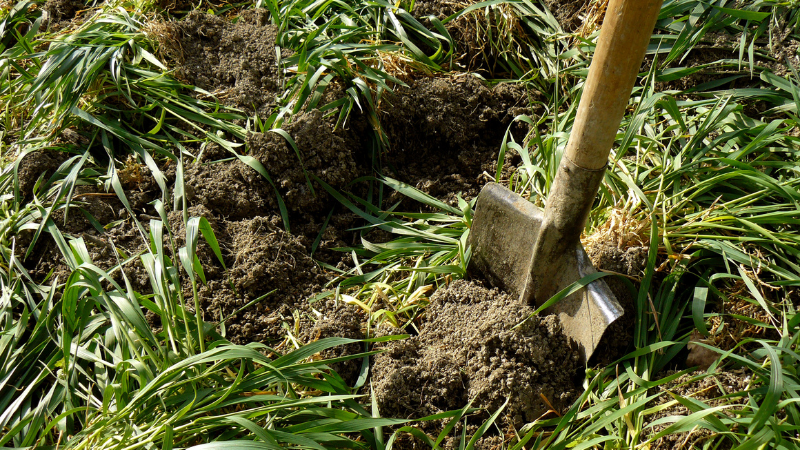N P K. P for Phosphorus, K for Potassium and N for Nitrogen. Most farmers, if not all, are familiar with one or all of these letters on straight and compound fertilizer packs and sacks. Nitrogen, the most limiting macronutrient of the three, has a crucial role to play in the growth and development of crops (most especially tomatoes, greens, peppers and cucumbers to just name a few). In depth study and research has gone into discovering and enhancing the various natural and artificial means (decay of organic matter, application of inorganic fertilizers and nitrogen fixation) through which the element is made available to plants.
Chlorophyll, the green pigment of leaves and a fundamental part of the process of photosynthesis, is heavily connected to the availability and accessibility of nitrogen to the plants. Without the soil acidifying non-metallic element, plant leaves would take on a yellow color or prematurely drop to the ground and thus incapacitated to serve the primary purpose of producing food for its own sustenance and that of various other organisms that depend on it.
Nitrogen also improves the overall growth and development of most parts of the plant (leaves and stems for instance) as it is a constituent of protein and protoplasm. Broader and thicker leaves and stems as well as better flowering and bigger fruits or grains signal the availability of the nutrient and vice versa. The soil should therefore have enough nitrogen reserves for when the plant is especially going through the vegetative growth stages. A shortage or a deficiency would result in stunted growth, poor flowering and fruiting as well as the prevalence of thin and chaffy stems.
The danger, however, is not only in the shortage of nitrogen. More than enough of the element can end up weakening the plant stems (which causes lodging), scorching the plant especially in the absence of adequate moisture and ultimately causing excessive vegetative growth at the expense of the much-needed reproductive growth. This is exactly why farmers are constantly being encouraged to sample and test their soil nutrient status so that they apply just the amount that is needed. It also goes a long way in reducing strain on the farmer’s wallet or bank account.

